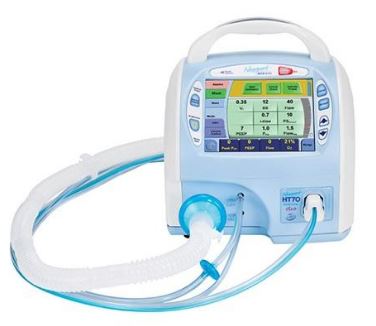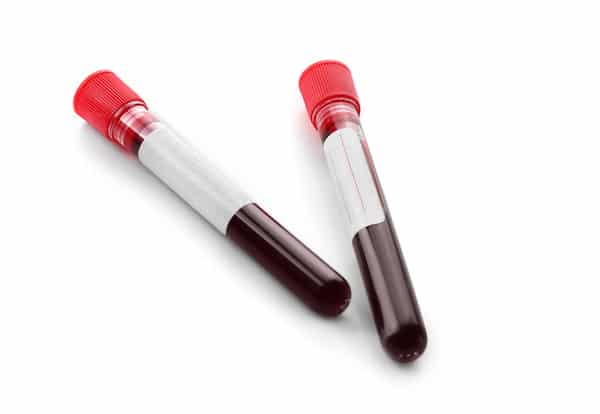
The Evolution of Biomedical Equipment: A Historical Overview
Biomedical equipment has undergone a remarkable journey of evolution, propelled by technological advancements and innovative breakthroughs that have reshaped the healthcare landscape.
This historical overview highlights key milestones that trace the progress of biomedical equipment from ancient times to the present day.
Early Medical Equipment Breakthroughs
Biomedical equipment has a rich history dating back to ancient civilizations, where primitive medical tools like stone knives, saws, and drills were utilized. In ancient Egypt, prosthetic toes crafted from wood and leather showcased early examples of assistive devices.
The Greeks and Romans later introduced innovative surgical instruments made of bronze, setting the foundation for modern medical tools.
Key Milestones in Biomedical Equipment Development
Breakthroughs such as the discovery of X-rays revolutionized medical imaging, enabling doctors to visualize internal structures and diagnose diseases.
The invention of the artificial kidney by Willem J. Kolff paved the way for modern dialysis machines. The advent of the transistor, developed by John Bardeen, Walter Brattain, and William Shockley, played a crucial role in the evolution of electronic medical devices, notably cardiac pacemakers.
Additionally, the electronic fetal monitor, introduced by William W.L. Glenn, MD, and William Sewell in 1960, marked a significant advancement in monitoring fetal health.
The application of optical lasers by Theodore H. Maiman found diverse uses in medical procedures, from surgery to kidney stone treatment.
The Role of Military and Education in Biomedical Equipment Development
The military’s influence in electronic technology design significantly contributed to the emergence of specially trained individuals to maintain medical equipment.
The establishment of the Technical Education Research Center addressed the growing demand for trained technicians in biomedical equipment technology.
The Influence of Ralph Nader
Ralph Nader’s advocacy for electrical safety in hospitals spurred the formalization of biomedical equipment technician (BMET) education and certification.
His efforts shaped the growth of biomedical engineering, emphasizing the importance of trained technicians in ensuring healthcare safety standards.
The Future of Biomedical Equipment
With continuous technological advancements, the future of biomedical equipment holds promises of transformative changes in healthcare.
Companies like Coast Biomedical Equipment are poised to drive innovation, potentially reshaping healthcare delivery and improving patient outcomes.
Conclusion
The evolution of biomedical equipment is a testament to the synergy of technology, innovation, and education. As the field expands, developing novel devices and technologies, it is expected to profoundly impact global healthcare and patient well-being. Coast Biomedical Equipment continues to be a key player in shaping the future of healthcare through its cutting-edge solutions.





